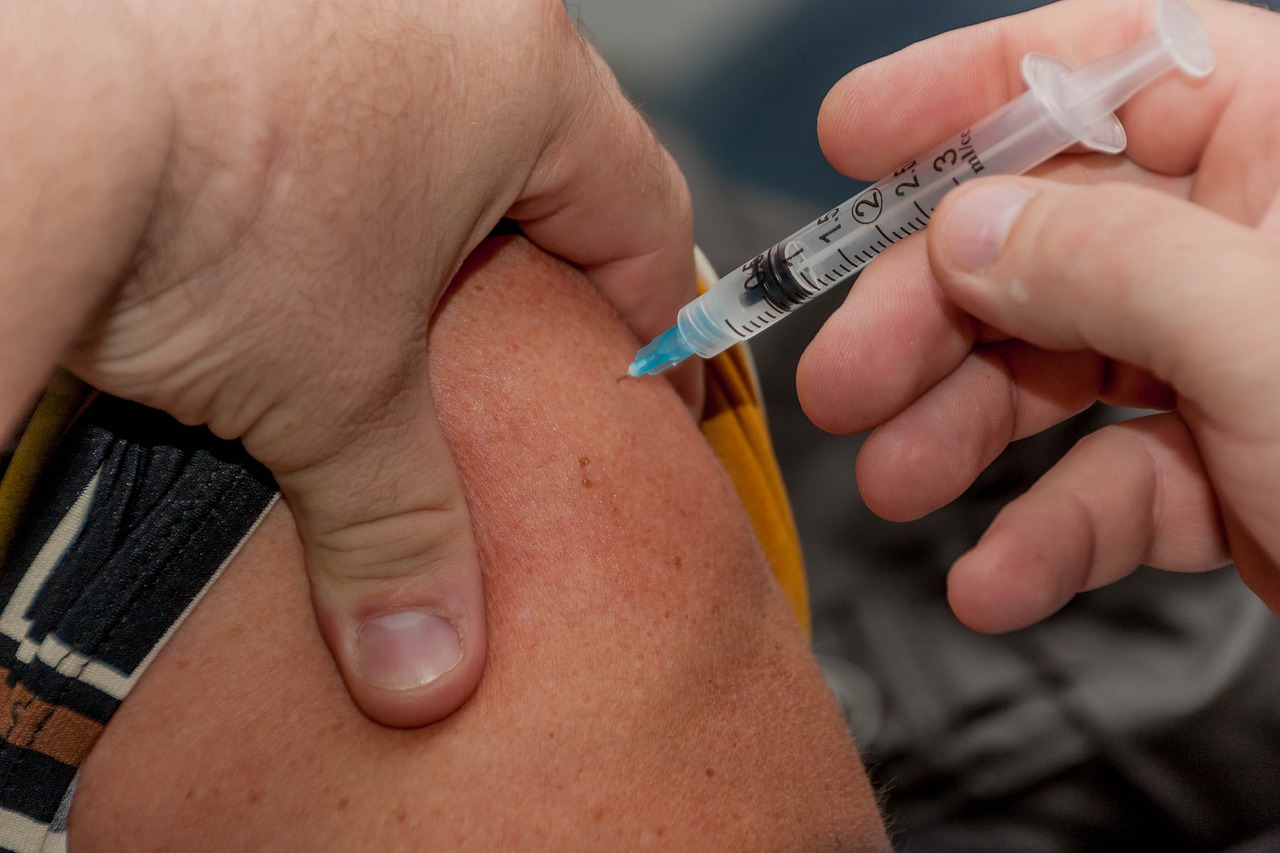You are reading Chapter 5 of our free TRT eBook.
Testosterone replacement therapy (TRT) can be administered in various forms, each with its own set of advantages and disadvantages. In this chapter, we will explore the different forms of TRT available, including injections, gels, patches, pellets, and oral medications. It is essential to work with a healthcare professional to determine the most suitable form of TRT for your specific needs and lifestyle.
Testosterone Injections
Intramuscular testosterone injections are one of the most common and effective forms of TRT. Testosterone injections are usually administered in the gluteal or thigh muscles, and the frequency of injections can range from weekly to every few weeks, depending on the specific medication and dosage prescribed.
Advantages:
- Rapid and significant increase in testosterone levels
- Relatively low cost compared to other forms of TRT
Disadvantages:
- Invasive and potentially painful for some
- Fluctuating testosterone levels between injections
- May require regular visits to a healthcare professional for administration
This is how I administer my TRT. I inject twice per week to avoid the fluctuations in testosterone levels between injections. I inject myself at home to avoid regular visits to the doctor. I find twice-weekly injections of testosterone cypionate to be the most stable, affordable and least difficult way to administer my testosterone replacement therapy.
TRT Man
Testosterone Gels
Testosterone gels are a topical form of TRT that are applied directly to the skin, usually on the upper arms, shoulders, or abdomen. The gel is absorbed through the skin, allowing for a steady release of testosterone into the bloodstream.
Advantages:
- Non-invasive and painless
- Consistent testosterone levels throughout the day
- Easily administered at home
Disadvantages:
- Potential for skin irritation or allergic reactions
- Risk of transferring testosterone to others through skin contact
- Can be more expensive than injections
I used the gels for the first two years of TRT. They were convenient, but had several drawbacks that I wasn’t comfortable with over the long term, including the potential for some getting onto the skin of my wife or child. You can read about my experiences here.
TRT Man
Testosterone Patches
Testosterone patches are adhesive patches that release testosterone through the skin. They are typically applied once daily to the upper arms, shoulders, or abdomen.
Advantages:
- Non-invasive and painless
- Consistent testosterone levels throughout the day
- Easily administered at home
Disadvantages:
- Potential for skin irritation or allergic reactions
- Patches may be visible or become dislodged during physical activity
- Can be more expensive than injections
Testosterone Pellets
Testosterone pellets are small, cylindrical pellets that are implanted under the skin, typically in the hip or buttock area. The pellets slowly release testosterone into the bloodstream over several months.
Advantages:
- Long-lasting, with effects typically lasting 3-6 months
- Consistent testosterone levels throughout the day
- Reduced frequency of medical visits compared to injections
Disadvantages:
- Requires a minor surgical procedure for implantation
- Potential for infection or pellet extrusion
- Can be more expensive than injections
From a personal perspective, I hate testosterone pellets for a variety of reasons. While not having to take injections every week would be nice, waiting six months to adjust dosage if they get it wrong can be a nightmare. The implants are also fairly invasive.
TRT Man
Read my review of testosterone pellets here.
Oral Testosterone Medications
Oral testosterone medications are taken as pills or capsules. While they are less commonly used due to potential liver toxicity, there are newer formulations, such as testosterone undecanoate, that bypass the liver and pose less risk.
Advantages:
- Non-invasive and easily administered at home
- No risk of skin irritation or transfer to others
Disadvantages:
- Potential liver toxicity with some formulations
- Fluctuating testosterone levels throughout the day
- Can be more expensive than injections
There are several forms of testosterone replacement therapy available to suit the diverse needs and preferences of men seeking treatment for low testosterone. It is essential to work closely with a healthcare professional to determine the most appropriate form of TRT and to closely monitor your progress throughout treatment. In the following chapters, we will discuss the potential risks and side effects associated with TRT and provide guidance on how to optimize your treatment for the best possible results.
Next: Chapter 6: The Risks and Side Effects of Testosterone Replacement Therapy
Table of Contents
Introduction (start here)
Chapter 1: The Science of Testosterone: Understanding the Basics
Chapter 2: Signs and Symptoms of Low Testosterone
Chapter 3: Diagnosing Low Testosterone: Tests and Procedures
Chapter 4: The Benefits of Testosterone Replacement Therapy
Chapter 5: Different Forms of Testosterone Replacement Therapy
Chapter 6: The Risks and Side Effects of Testosterone Replacement Therapy
Chapter 7: The Role of Diet and Exercise in Testosterone Management
Chapter 8: Natural Testosterone Boosters: Fact or Fiction?
Chapter 9: Testosterone Replacement Therapy and Mental Health
Chapter 10: Testosterone and Sexuality: Restoring Your Libido
Chapter 11: Monitoring Your Progress: Assessing the Results of Treatment
Chapter 12: Testosterone Replacement Therapy vs Steroid Abuse
Chapter 13: Frequently Asked Questions about Testosterone Replacement Therapy
Chapter 14: Living a Balanced Life: Combining Therapy with Healthy Habits
Chapter 15: Testosterone Replacement Therapy: The Road Ahead
